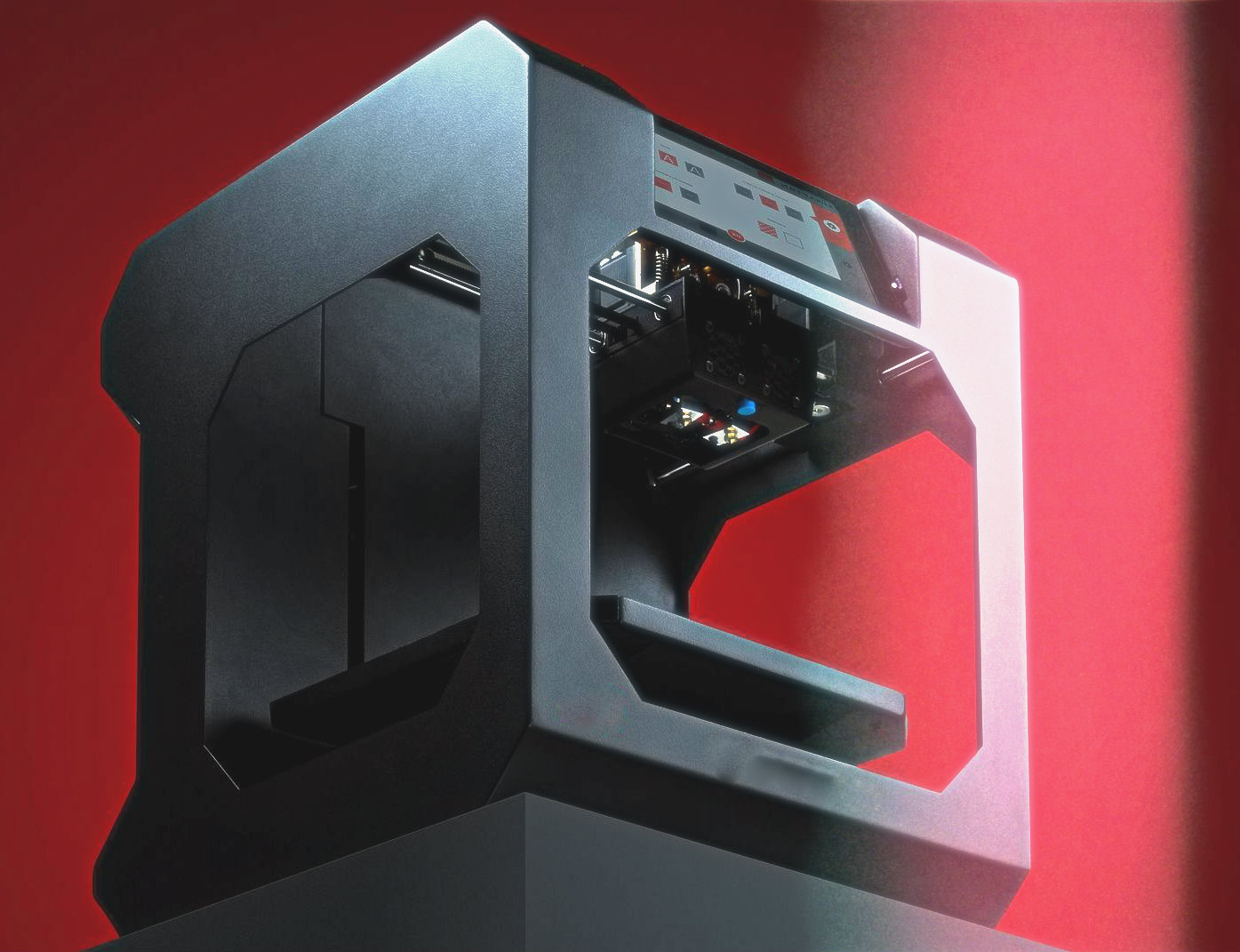Comparing Open-Source and Low-cost 3D Printers with Commercial Products
When the typewriter was introduced in 1868, it was to people what virtual reality is to us now. It was something people had never seen before, a new idea that added value and made things a little more perfect. The typewriter created perfect typography, but one mistake meant the paper had to be re-written. The same is true today as more and more people learn how to use 3D printing and rapid prototyping. One over-looked mistake in the design of a piece can be fatal to a budget or to the project itself. For that reason, in this article we will discuss the implications and differences between open-source low-cost 3D printers, and commercial rapid prototyping machines. Open-Source Low-Cost 3D Printers Open-Source is the term given to software that is free to use and be edited by people other than the creator. This made a shift in the way that creators and 3D enthusiasts create objects. Imagine if the software was not open-sourced, what would happen? People would have to create and design their own 3D …






